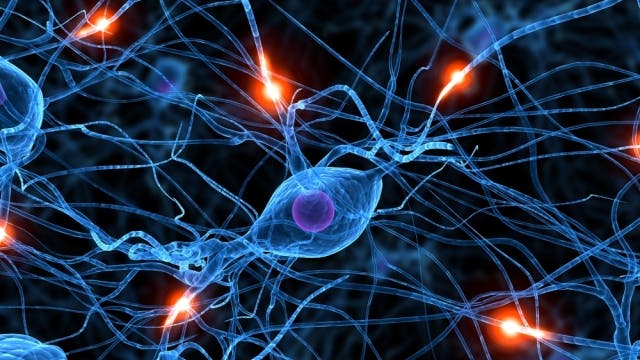A 28-year old who has been paralyzed for more than a decade following a spinal cord injury has become the first person to be able to “feel” physical sensations, through a special prosthetic developed by DARPA – the Defense Advanced Research Projects Agency, a US agency responsible for the development of emerging technologies, mostly for military purposes. The prosthetic hand is connected directly to his brain, allowing him to feel sensations in it.
“We’ve completed the circuit,” said DARPA program manager Justin Sanchez. “Prosthetic limbs that can be controlled by thoughts are showing great promise, but without feedback from signals traveling back to the brain it can be difficult to achieve the level of control needed to perform precise movements. By wiring a sense of touch from a mechanical hand directly into the brain, this work shows the potential for seamless bio-technological restoration of near-natural function.”

Electrodes were placed into the volunteer’s cortex, and a special array was placed on his motor cortex, the part of the brain responsible for movements. Then, wires from his motor cortex were connected to a mechanical hand developed by the Applied Physics Laboratory (APL) at Johns Hopkins University. Firstly, this allowed him to move the hand with his thoughts – a remarkable achievement, but something which had already been done.
But then, DARPA breached new ground. They provided the volunteer with a sense of touch! The prosthetic hand contains a vast and sophisticated array of torque sensors that can detect when pressure is being applied, and can convert those physical sensations into electrical signals which are then passed on directly to the brain. In other words, they gave the patient a sense of touch in his 3rd, prosthetic arm.
The feeling, he reported, was as if his own hand was being touched. When blindfolded, the volunteer could determine which finger on the hand was touched with nearly 100% accuracy. Even when the team tried to trick him, he caught on to it.
“At one point, instead of pressing one finger, the team decided to press two without telling him,” said Sanchez, who oversees the Revolutionizing Prosthetics program. “He responded in jest asking whether somebody was trying to play a trick on him. That is when we knew that the feelings he was perceiving through the robotic hand were near-natural.”
Restoring memories

The restoration of sensation is one of several neurotechnology-based advances emerging from DARPA’s 18-month-old Biological Technologies Office, Sanchez said.
“DARPA’s investments in neurotechnologies are helping to open entirely new worlds of function and experience for individuals living with paralysis and have the potential to benefit people with similarly debilitating brain injuries or diseases,” he said.
This is tightly connected to another DARPA project, restoring memories (especially to soldiers and veterans).
“Traumatic brain injury (TBI) is a serious cause of disability in the United States. Diagnosed in more than 270,000 military service members since 2000 and affecting an estimated 1.7 million U.S. civilians each year, TBI frequently results in an impaired ability to retrieve memories formed prior to injury and a reduced capacity to form or retain new memories following injury,” their website reads.
The end goal of this project is to develop a wireless, fully implantable neural-interface medical device that would allow humans to retrieve memories currently inaccessible to them, which to me, is simply mind blowing. We’ve reached a stage where we can not only create prosthetics we can control with our hands, but we can also create sensations in them, and we can tap into how our brain accesses memories. These are truly remarkable times we are living in.


